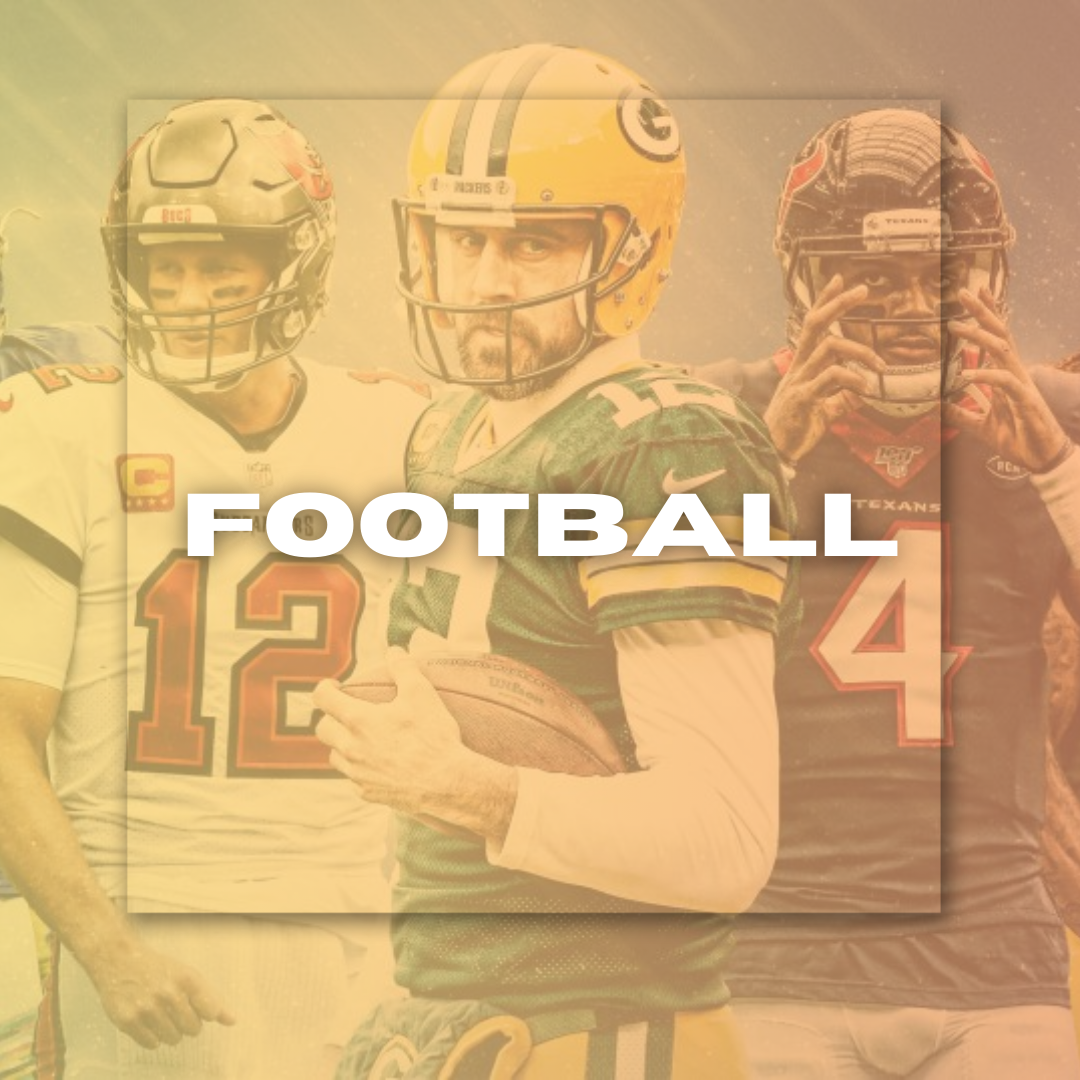
What is the difference between a legal and illegal hit?
What is the difference between a legal and illegal hit?
By Jason Bolton December 14, 2023 07:32
In sports, particularly in contact sports like football, rugby, and hockey, hits are a common occurrence. However, there is a clear distinction between legal and illegal hits. Understanding this difference is crucial for players, coaches, and officials to ensure the safety and fairness of the game. This article will explore the key differences between legal and illegal hits, the consequences of illegal hits, and the importance of enforcing rules to protect athletes.
Legal Hits
Legal hits are those that conform to the rules and regulations of the specific sport. These hits are within the boundaries of fair play and are considered acceptable by the governing bodies of the sport. While the specific rules may vary from sport to sport, there are some common factors that define a legal hit.
1. Proper Technique
Legal hits require the use of proper technique and form. This means that players must make contact within the designated target area, such as the shoulder or chest, rather than striking an opponent's head or neck. Proper technique also involves using the body and not leading with the helmet or engaging in dangerous actions, such as spearing or launching.
2. Timing and Intent
Legal hits are often determined by the timing and intent of the player delivering the hit. Hits that are made within the context of the game and are not intended to cause harm or injury are generally considered legal. For example, a tackle in football that aims to stop the opponent's progress or regain possession of the ball is typically within the bounds of fair play.
3. Rule Adherence
Legal hits must adhere to the specific rules and regulations of the sport. Each sport has its own set of guidelines that outline what constitutes a legal hit. These rules are put in place to ensure player safety and maintain the integrity of the game. Players who violate these rules may be penalized or face disciplinary actions.
Illegal Hits
Illegal hits, on the other hand, are actions that violate the rules and regulations of the sport. These hits are considered dangerous, unfair, and can pose a significant risk to the safety and well-being of the players involved. It is important to distinguish between unintentional fouls and deliberate acts that cause harm.
1. Targeting Head or Neck
One of the most common types of illegal hits is targeting the head or neck area. Striking an opponent in these vulnerable areas can lead to serious injuries, including concussions, spinal cord injuries, and long-term brain damage. Many sports have implemented strict rules and penalties to discourage and penalize such hits.
2. Excessive Force
Hits that are deemed excessive and unnecessary are also considered illegal. These hits often result from players using excessive force or engaging in reckless behavior that goes beyond the normal physicality of the game. Examples of excessive force include blindsiding an opponent, delivering a hit after the play is over, or launching into a defenseless player.
3. Cheap Shots and Intentional Harm
Illegal hits may also involve deliberate acts of violence or attempts to injure opponents. These cheap shots and intentional acts of harm have no place in sports and are strictly prohibited. Such actions not only endanger the well-being of the targeted player but also undermine the integrity and spirit of fair competition.
Consequences of Illegal Hits
The consequences of illegal hits can be severe and far-reaching. In addition to the immediate physical harm caused to the player on the receiving end, illegal hits can lead to long-term health issues, career-ending injuries, and even legal repercussions. Furthermore, illegal hits can result in penalties, suspensions, fines, and a tarnished reputation for the player responsible.
Importance of Enforcing Rules
Enforcing rules and penalizing illegal hits is crucial for the safety and integrity of sports. By holding players accountable for their actions, governing bodies can send a clear message that dangerous and unfair play will not be tolerated. This helps create an environment where athletes can compete safely and focus on their skills rather than worrying about unnecessary risks.
Additionally, enforcing rules promotes fair competition and sportsmanship. When players know that illegal hits will be penalized, they are more likely to play within the boundaries of fair play, fostering a sense of respect and camaraderie among competitors. This not only benefits individual players but also enhances the overall experience for fans, coaches, and officials.
Understanding the difference between legal and illegal hits is vital for anyone involved in contact sports. Legal hits are those that conform to the rules, are executed with proper technique, and do not pose unnecessary risks to players. In contrast, illegal hits violate the rules, target vulnerable areas, use excessive force, or are intended to cause harm. Enforcing rules and penalizing illegal hits is essential for player safety, fair competition, and upholding the integrity of the game. By promoting a culture of respect and accountability, sports can provide a platform for athletes to showcase their skills while prioritizing their well-being.



































































